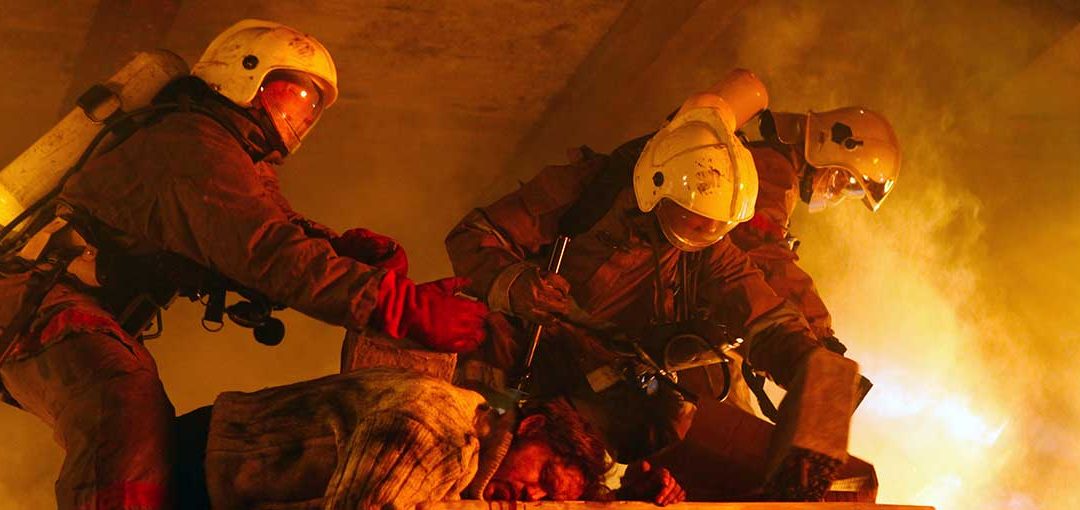Who Needs Hazwoper Training? What You Need To Know
Who Needs Hazwoper Training? What You Need To Know
August 28, 2023 |
Industrial activities are increasing rapidly, which means that managing hazardous waste is now a necessary concern. Hazardous waste is a problem that comes along with many industry operations. So, how can we make sure that we manage this danger safely and minimize risks to people and the environment? The answer is Hazwoper training, which is a safety program designed to educate and protect individuals who work with hazardous substances. As safety regulations get stricter and industries become more diverse, it is important to understand who needs this training and what it offers. In this article, we will explore the essence of Hazwoper training, its relevance to various industries, and the detailed curriculum that it provides.
Understanding the Relevance of Hazwoper Training
Hazwoper is a training program that aims to protect workers who deal with hazardous substances. It was created by OSHA to ensure safety in dangerous industrial environments. The training is tailored to the specific hazards workers may encounter in their jobs, such as cleaning up waste sites or responding to chemical spills.
Industries and Roles within the Hazwoper Net
Hazwoper training is essential in many industries. It is not limited to specific operations, but is needed in various sectors such as chemical plants, petroleum plants, waste transportation, spill service companies, environmental management firms, and the defense sector. Any worker who regularly deals with harmful substances or is at risk of exposure to hazardous waste or toxic materials should undergo Hazwoper training.
Digging Deep into Hazwoper Work Roles
Different job roles fall under the Hazwoper category, and they vary depending on the industry. For example, emergency responders quickly respond to hazardous substance releases. They can be the first ones on the scene, hazmat specialists handling the substances, or incident commanders overseeing the operation. There are also workers who deal with hazardous waste at permanent sites or clean up uncontrolled hazardous waste areas. Additionally, individuals who choose to participate in clean-up operations at potentially risky sites must receive Hazwoper training. Each role has specific training requirements based on their responsibilities and the potential risks involved.
The Vital Link of Hazwoper and Compliance
Contrary to popular misconception, Hazwoper training isn’t just a recommendation but a strict compliance parameter. OSHA enforcement rests on conducting spot checks at workplaces and assessing possible violations. If a company fails to prove its employees handling hazardous waste are Hazwoper certified, it not only faces heavy penalties but also potential operational disruptions.
It is therefore crucial that organizations operating in sectors with exposure to hazardous substances ensure all their relevant employees have completed the necessary Hazwoper training. It’s equally important to maintain these credentials, as OSHA necessitates an eight-hour refresher course every year to maintain the certification status.
The Pillars of Hazwoper Training Curriculum
The curriculum of Hazwoper training forms the body and substance—the essence that breathes life into the skeletal requirements outlined by OSHA. It is meticulously designed to resonate with the job roles, thereby tailoring the training to align with the specific needs of employees across diverse sectors.
The training curriculum, though diverse, is methodically structured and comprehensive, covering a spectrum from 8 to 40 hours, depending upon the depth and complexity of the individual’s interaction with hazardous waste. Both theoretical knowledge and practical applicability are given equal weightage, ensuring a wholesome learning experience that illuminates the intricacies of hazardous waste management and its implications.
- Recognizing and Understanding Hazards: The most fundamental facet of Hazwoper training, and where it essentially sets its foundation, is in the recognition and clear understanding of the various types of hazards. This begins with basic acquaintance with hazardous material identification systems, understanding Material Safety Data Sheets (MSDS), and techniques to interpret hazard signs and labels. Trainees are also sensibly taught the nature and characteristics of the different hazardous substances they might encounter in their workplace.
- Preventive Measures: Proaction over Reaction: A significant thrust in the Hazwoper curriculum is developing preventive strategies that can deter hazardous situations from evolving into dire circumstances. This takes center stage, with topics addressing the detection of hazardous conditions, employing safety data assessment, and understanding how to utilize behavior-based safety for hazard prevention.
- Unraveling Exposure Limits: An understanding of the boundaries—exposure limits of various hazardous substances—forms an essential gear in the Hazwoper training machinery. Crucial in this module is the emphasis on permissible exposure limits (PELs) and time-weighted averages (TWAs), providing employees an index to measure safety levels.
- Emergency Response: Another cornerstone of the Hazwoper curriculum is preparing trainees for emergency response. This encompasses detailed emergency action plans, adeptly handling immediate danger to life or health (IDLH) environments and cultivating decision-making abilities in emergency situations, along with lessons on executing an effective evacuation.
Above all, the Hazwoper curriculum instills a heightened security consciousness among employees and empowers them with the confidence to enhance their productivity while ensuring their safety and that of their surroundings.
Promoting a Culture of Safety with Hazwoper
Hazwoper training is about more than just rules and guidelines. It aims to create a culture of safety by teaching information and skills. This prepares workers to confidently handle dangerous situations and reduces the risk of incidents.
The Right to Know law gives employees the power to know about hazards and how to stay safe. Whether someone is a volunteer at a cleanup site or an experienced worker at a waste facility, Hazwoper training is important for their safety.
